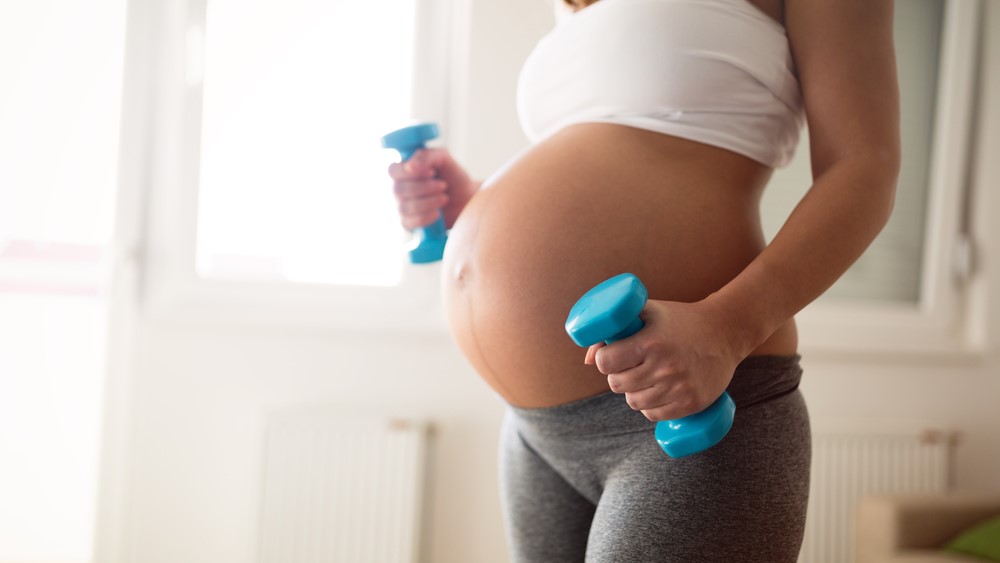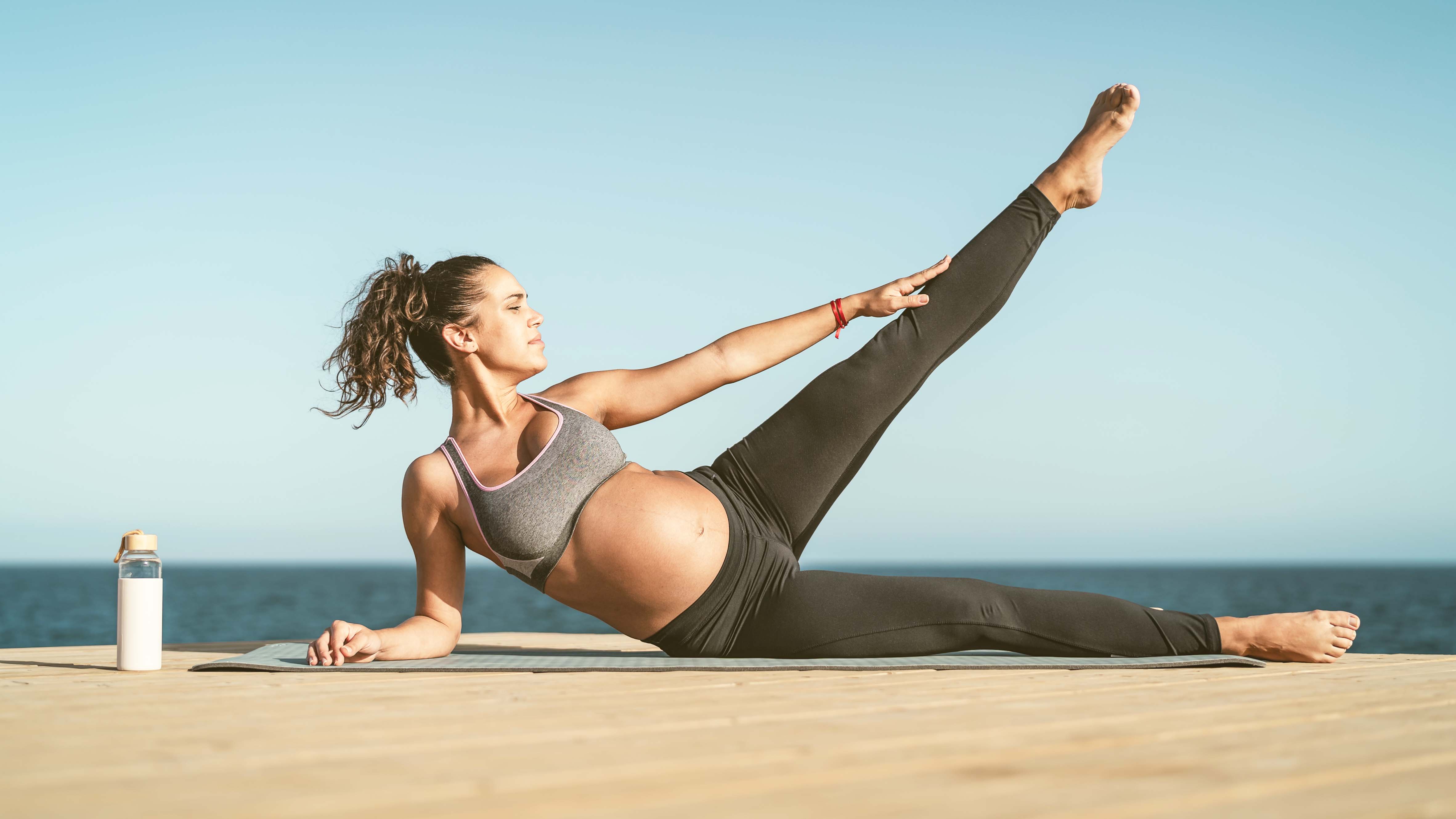
There are many benefits of exercise for physical and mental health, especially for pregnant women, and a new study suggests that one of those benefits could include reduced fatigue and pain during pregnancy — if you strength train.
As a personal trainer, I spend my life encouraging people to lift weights. Not only does it help you build strength and muscle, it’s also great for your metabolism, strengthening your joints and ligaments and protecting you from injury.
Now, a systematic review published in Acta Obstetricia et Gynecologica Scandinavica found that lifting during pregnancy could improve overall quality of life, including better energy levels and mood, and mitigate excessive weight gain. But that's not all.
Here’s what the research from this year found.
What is the study?
The review looked at nine randomized controlled trials involving 1,581 participants. Results showed that strength training during pregnancy can mitigate excessive weight gain, alleviate pain, boost mood and improve various aspects of overall quality of life.
These “aspects” include strength, flexibility, sleep, energy expenditure and psychological well-being. The research concluded that pregnant women could optimize their health through strength training during pregnancy, reducing anxiety and fatigue, increasing energy levels, sleep duration and vitality, and reducing stress and pain.
That's heaps of benefits.
Get instant access to breaking news, the hottest reviews, great deals and helpful tips.
Participants were healthy and ranged in age. The intervention was long-term (six to 12 weeks) with a minimum frequency of two to three sessions per week. Within sessions, there was a warm-up, strength session and cool-down; sessions ranged from 50 to 60 minutes using circuit-style programs, sets, reps, or time.
Finally, the main muscle groups (think legs, arms, back and chest) were targeted using functional strength compound exercises, and there was a focus on the muscles used most during labor (core, lower back and pelvic floor) using equipment such as elastic bands, weight plates, barbells and machines.
Exercises ranged from deadlifts, hip hinges, squats and lunges to pulling and pushing, and core workouts. The research didn’t find any adverse effects reported.
Why does the research matter?

Muscle strength and flexibility can help reduce discomfort and increase functional mobility — all of which are important for supporting a healthy pregnancy when the demand on your body is much greater.
The research suggests a strength training program during pregnancy could boost overall quality of life and help keep you strong, mobile and mentally healthier. Again, things that are very important when going through pregnancy and the early days of motherhood.
While the WHO guidelines currently recommend a minimum of 150 minutes of moderate activity per week, this research suggests including one or two 50 to 60-minute strength sessions.
Exercises can involve upper and lower body, circuits, rows, presses, modified push-ups and more, and should feel challenging, using Rate of Perceived Exertion (RPE), which means assessing how you feel on a scale of 1-10 or 1-20, depending on the method you use.
That said, the research also states that a program should be tailored and specific depending on the person. During pregnancy, the exercises that are safe for you to do will vary from trimester to trimester, so it’s always important to check in and adapt as you go.
For example, higher intensity sessions and lifting heavy weights won’t always be (or feel) appropriate and can put more stress on your joints.
As a personal trainer, I would advise you to think about maintaining muscle rather than going all out to pack muscle on; working with a pre- and post-natal trainer is a great way to ensure you stay safe and avoid exercises that could cause harm.
Follow Tom's Guide on Google News to get our up-to-date news, how-tos, and reviews in your feeds. Make sure to click the Follow button.
More from Tom's Guide
- Not running or cycling — this 10-minute dumbbell workout builds strength and cardiovascular endurance
- Ditch the gym! This 5-move strength workout sculpts upper body muscle with just a pair of dumbbells
- How to hit your daily step goal without going outside — 5 easy ways to get 10,000 steps

Sam Hopes is a level 3 qualified trainer, a level 2 Reiki practitioner and fitness editor at Tom's Guide. She is also currently undertaking her Yoga For Athletes training course.
Sam has written for various fitness brands and websites over the years and has experience across brands at Future, such as Live Science, Fit&Well, Coach, and T3.
Having coached at fitness studios like F45 and Virgin Active and personal trained, Sam now primarily teaches outdoor bootcamps, bodyweight, calisthenics and kettlebells.
She also coaches mobility and flexibility classes several times a week and believes that true strength comes from a holistic approach to training your body.
Sam has completed two mixed doubles Hyrox competitions in London and the Netherlands and finished her first doubles attempt in 1:11.
You must confirm your public display name before commenting
Please logout and then login again, you will then be prompted to enter your display name.
